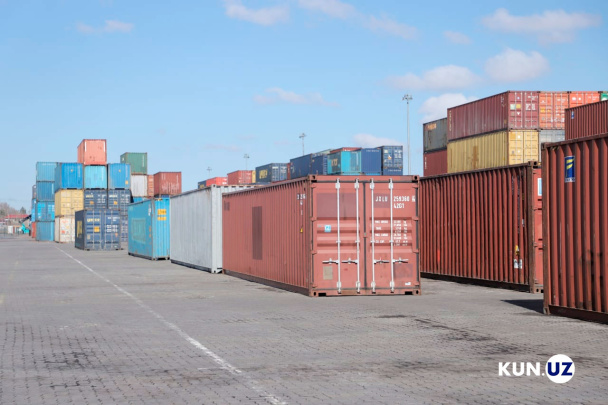The current rules for the distribution of natural gas to consumers are regulated by a resolution adopted by the Cabinet of Ministers on January 12, 2018, the provisions of which are reflected in the agreements concluded by gas supply organizations with gas consumers, the press service of the Energy Ministry reports.
The decree stipulates that consumers included in the schedules must have an irreducible reserve fuel supply (ensuring the need for at least three months) and switch to work on it during periods of cold snaps. The Ministry of Energy notes that the most frequently used types of reserve fuel include, for example, liquefied gas in cylinders.
The requirements reflected in the decree are included in the terms of the consumer agreement with gas supply organizations, that is, consumers know about them from the moment such agreements are concluded and are binding, the ministry stressed.
“These days, a number of legal entities (including the sphere of public catering establishments, such as restaurants, cafes) received orders to switch to reserve types of fuel, there is nothing unexpected. This condition is clearly inscribed in the gas supply agreement,” the statement reads.
The ministry noted that natural gas supplies are carried out in accordance with the annually approved parameters. Every year, until December 1, it sends to Uzbekneftegaz JSC, Uztransgaz JSC and Khududgaztaminot JSC annual and quarterly volumes (for the winter period by months) of natural gas supplies to consumers for the coming year.
In turn, Kududgaztaminot JSC directs annual and quarterly volumes (for the winter period by months) of natural gas supplies to responsible organizations, taking into account the technical capabilities of the existing gas transmission system.
The responsibilities of the Ministry of Energy include monitoring compliance by gas supply organizations with those gas consumption parameters that were approved at the beginning of the year. Gas supplying organizations have been given the right to revise consumer applications (except for household consumers) at the level of allocated volumes.






